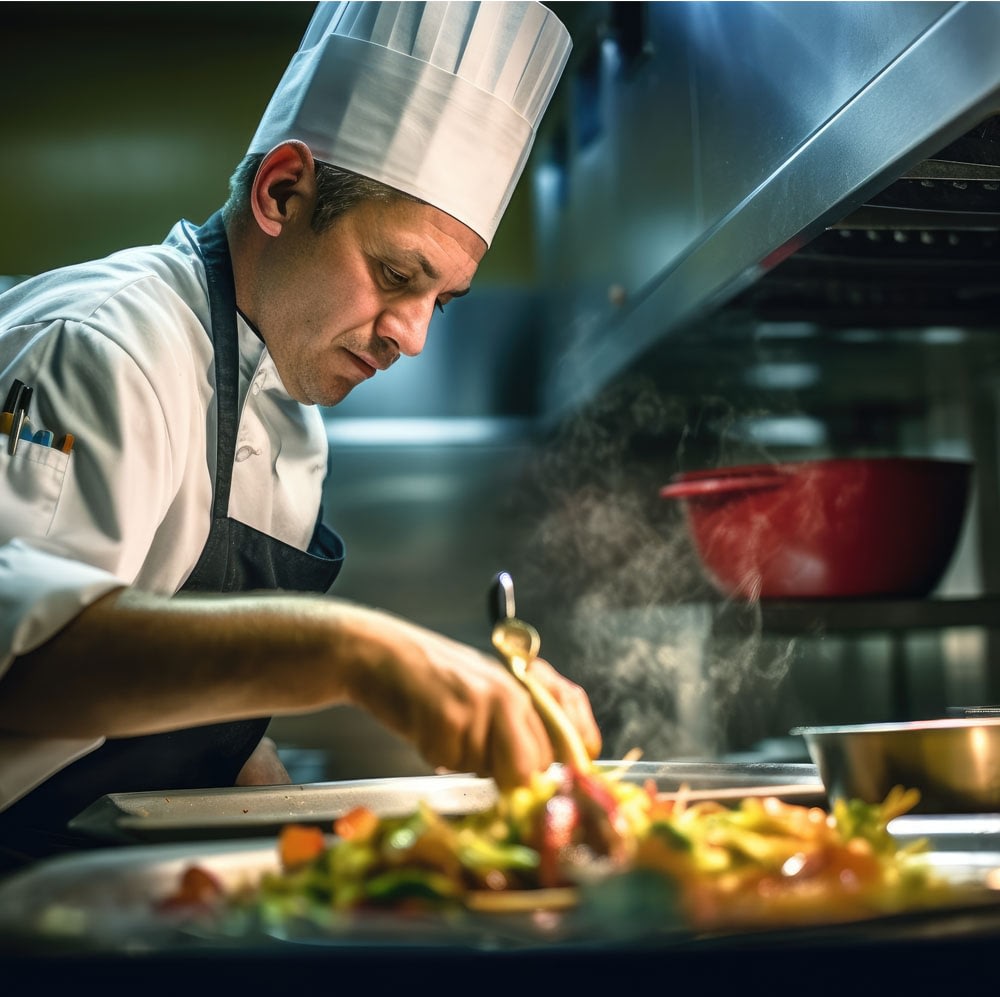You’ve developed your HACCP plan and gone over food safety practices, but have you checked to make sure that your commercial kitchen extractor isn’t letting you down when it comes to fire safety standards? If you haven’t recently scheduled a canopy inspection or extractor cleaning, you could quickly be heading for disaster.
As you use your equipment, grease and food particles can build up in your kitchen’s ventilation system. If you aren’t cleaning the extractor regularly, then you’re not just increasing the risk of a kitchen fire – you’re also failing to meet the standards set out in Section 7 of HVCA TR19, which states that the extractor ductwork and ventilation in commercial kitchens needs to be cleaned according to a specific schedule to prevent the risk of fire:-
- Heavy Use (12-16 hours a day): every three months
-
- Moderate Use (6-12 hours a day): every six months
-
- Light Use (2-6 hours a day): every twelve months
By having an engineer carry out an extractor cleaning in your commercial kitchen, you can ensure that you are meeting fire safety standards and following the guidelines set out in HVCA TR19. This will keep you on the right side of the law, protect you from loss of revenue and guard your premises against the risk of a fire – or a shutdown ordered by inspectors.
Similar blogs you may like
Loading...
New year, new supplier?
With fresh budgets in play, plans made and targets set, the start of a new year is always the ideal time for organisations to take stock and review their preferred supplier list to make sure they’re ready for the challenges ahead. And whether it’s pricing, equipment performance or even updating your current SLAs, here’s what you should think about – and how you could maximise your return on investment with JLA throughout the year ahead.
Why choose brand-new catering equipment over second-hand alternatives?
With budgets always under pressure and cashflow to think about, choosing second-hand equipment for your kitchen can often feel like the sensible option. But when reliability, efficiency and hygiene also matter, brand-new equipment can prove to be the better decision in the long run.

